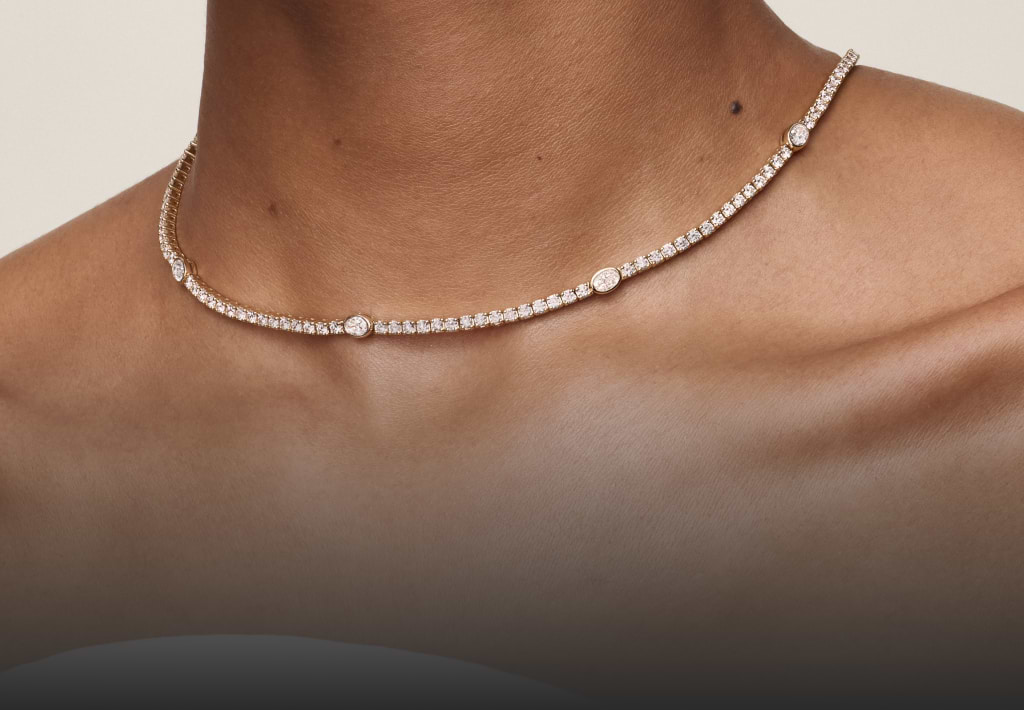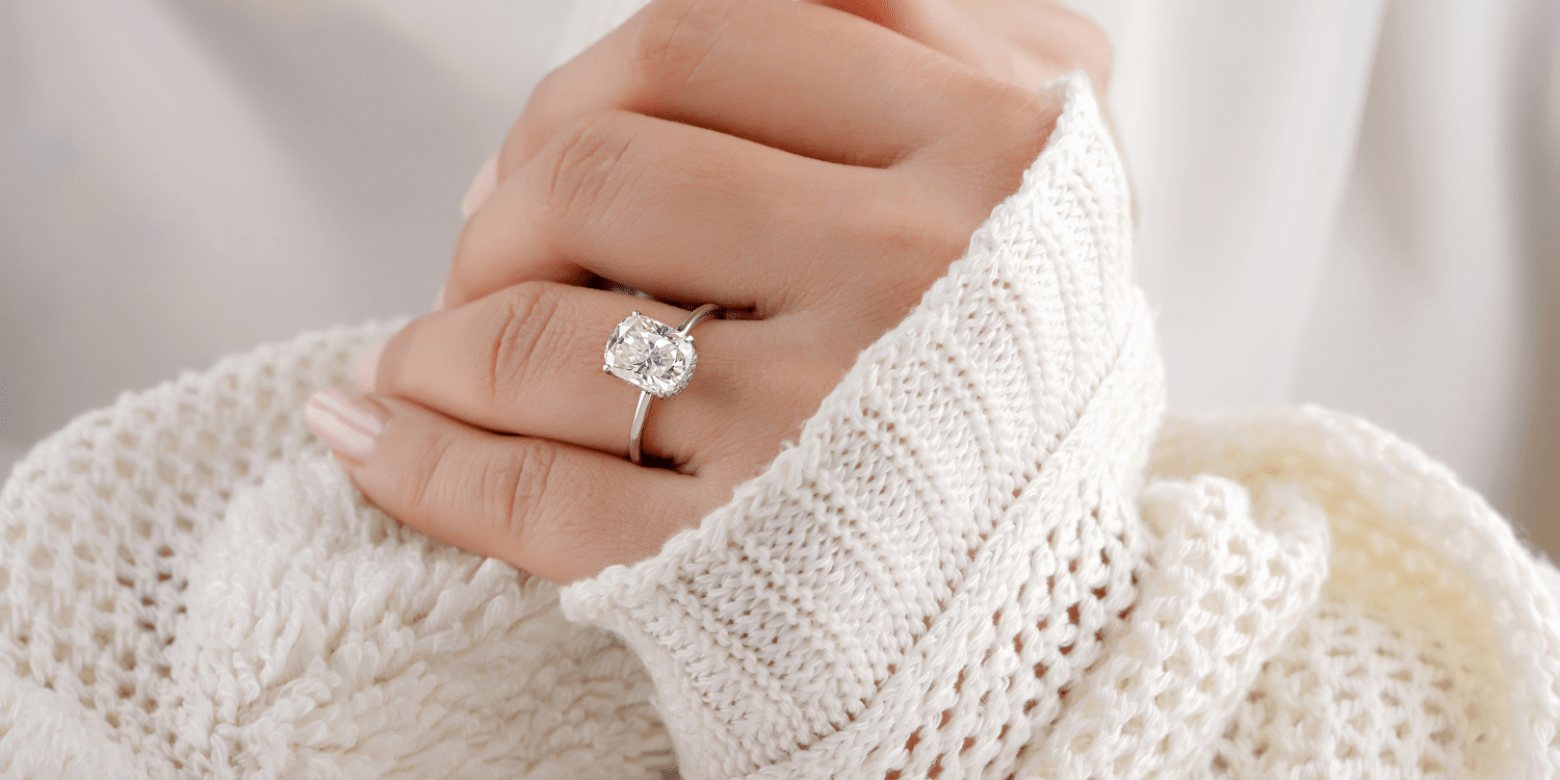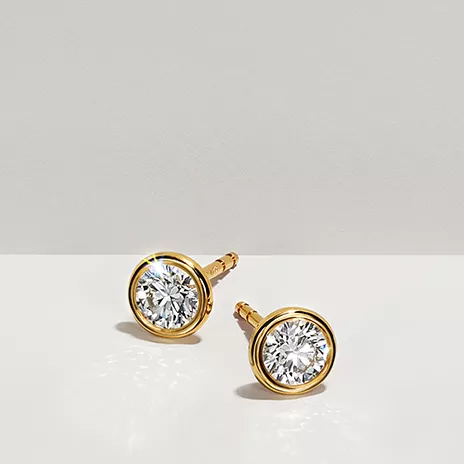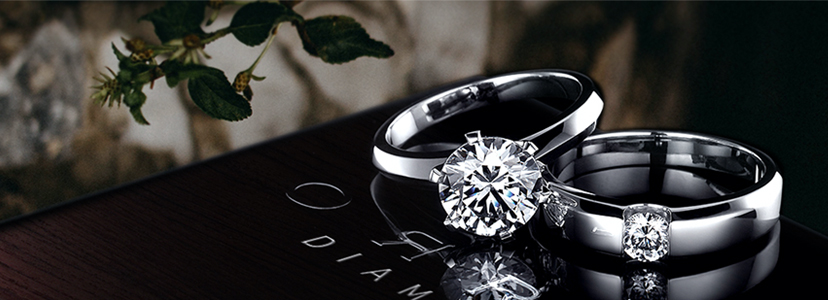When it comes to celebrating one of life’s most meaningful milestones, your engagement ring should reflect both your personal style and your shared values. In today’s jewelry landscape, more couples are moving away from conventional options and embracing choices that combine timeless beauty with ethical responsibility. One pairing that’s seeing a significant rise in popularity is the yellow gold engagement ring featuring lab grown diamonds.
This combination bridges tradition and innovation. Yellow gold offers a warm, classic look that never goes out of style, while lab-created diamonds provide an ethical and sustainable alternative to mined stones. Together, they form a ring that is both stunning and socially conscious.
In this article, we’ll explore the enduring appeal of yellow gold, the benefits of lab-grown diamonds, and why this modern match is winning hearts around the world.
The Time-Honored Charm of Yellow Gold
A Classic Metal That Stands the Test of Time
Yellow gold has been used in jewelry for thousands of years. From ancient Egyptian artifacts to royal wedding bands, its rich, golden hue has symbolized wealth, love, and permanence. Today, yellow gold continues to be a beloved choice for engagement rings, especially among those who appreciate vintage aesthetics or want a piece that stands out from cooler-toned metals like platinum or white gold.
Unlike other gold alloys, yellow gold retains its natural color. It is typically alloyed with small amounts of silver and copper to enhance durability while maintaining its rich, warm glow. Available in different karats—most commonly 14K and 18K—it offers both beauty and strength for everyday wear.
Why Choose Yellow Gold for Your Engagement Ring?
- Timeless Appeal: Yellow gold never goes out of style. It looks just as elegant today as it did centuries ago.
- Skin Tone Friendly: Its warm hue flatters a variety of skin tones, particularly olive and darker complexions.
- Versatile Pairing: Yellow gold beautifully contrasts with both colorless and fancy-colored diamonds, making it ideal for various designs.
- Low Maintenance: Unlike white gold, it doesn’t require rhodium plating, making upkeep simple.
Whether you’re drawn to its history or its aesthetic warmth, yellow gold provides a grounding elegance that works beautifully with contemporary stones.
Understanding Lab Grown Diamonds
What Makes Lab Diamonds a Smart, Ethical Choice?
Lab grown diamonds—also called man-made, synthetic, or cultured diamonds—are real diamonds created in a controlled environment that replicates the natural geological conditions under which diamonds form. These stones are chemically, physically, and optically identical to mined diamonds but are produced without the extensive environmental and ethical issues often associated with diamond mining.
Two primary methods are used to grow diamonds in a lab: High Pressure High Temperature (HPHT) and Chemical Vapor Deposition (CVD). Both techniques result in stones that are indistinguishable from their natural counterparts to the naked eye and are graded by the same standards.
The Key Benefits of Choosing Lab-Grown
- Eco-Friendly: Producing diamonds in a lab uses fewer natural resources and results in significantly less ecological damage than mining.
- Conflict-Free: Lab diamonds avoid the ethical dilemmas of conflict or “blood” diamonds sourced from regions with human rights abuses.
- Budget-Conscious: Typically 30–40% less expensive than natural diamonds, lab-grown options allow buyers to invest in larger or higher-quality stones.
- Transparent Origins: Lab-created stones are traceable and come with certifications from reputable gemological labs like IGI or GIA.
For many modern couples, a lab grown diamond represents not just a financial or aesthetic choice—but a moral one, too.
Why Yellow Gold and Lab Grown Diamonds Make a Perfect Pair
When you bring together the vintage charm of yellow gold and the forward-thinking nature of lab-created diamonds, you get a ring that feels both meaningful and uniquely yours.
A Blend of Old and New
The classic warmth of yellow gold provides a stunning contrast to the icy brilliance of a colorless lab diamond. This juxtaposition creates a look that feels both grounded in tradition and refreshingly modern. It appeals to couples who value heritage but also want to make environmentally and ethically conscious choices.
In a market often saturated with white gold and platinum settings, a yellow gold engagement ring with lab grown diamonds stands out with its rich tone and unique story. It’s perfect for those who want something different—yet enduring.
Design Freedom and Flexibility
Thanks to the affordability of lab diamonds, buyers often have more room in their budget for custom settings, intricate details, or larger center stones. Yellow gold accommodates a wide range of styles, from vintage-inspired halo designs to minimalist solitaires and modern bezel settings.
Here are a few popular ring designs that shine especially well in yellow gold:
- Solitaire Settings: A single lab-grown diamond in a yellow gold band creates a timeless, elegant look.
- Three-Stone Rings: Symbolizing your past, present, and future, this style pairs beautifully with the warm glow of yellow gold.
- Halo Designs: Small accent diamonds around the center stone add brilliance while emphasizing the golden tones of the band.
- Vintage-Inspired Rings: Filigree, milgrain, and engraved designs in yellow gold give a romantic, heirloom quality to your ring.
- Colored Diamonds or Gem Accents: Yellow gold also complements fancy-colored lab diamonds or gemstone side stones, adding personality and flair.
How to Choose the Right Yellow Gold Lab Diamond Ring
Before making your final decision, here are a few factors to consider when selecting your ideal engagement ring:
1. Diamond Certification
Always ensure that your lab-created diamond comes with a grading report from a reputable authority like the Gemological Institute of America (GIA) or the International Gemological Institute (IGI). This document provides essential details about the diamond’s cut, clarity, color, and carat weight.
2. Gold Karat Preference
- 14K Yellow Gold: More durable due to a higher percentage of alloy metals. Ideal for active lifestyles.
- 18K Yellow Gold: Contains more pure gold (75%) and has a richer color. Slightly softer but more luxurious.
3. Ring Setting Style
Think about your lifestyle, daily habits, and aesthetic preferences. Lab diamonds allow flexibility in size and shape, so whether you love a cushion-cut center stone or an emerald-cut showstopper, yellow gold will showcase it beautifully.
4. Jeweler Transparency
Choose a jeweler who clearly communicates the origins and certifications of their diamonds and the composition of their gold. Many modern jewelers now specialize in lab-grown diamonds and offer sustainable, eco-friendly practices throughout their operations.
Final Thoughts: A Ring with Meaning, Beauty, and Integrity
Choosing a yellow gold engagement ring with lab grown diamonds is more than just a fashion decision—it’s a reflection of your values, your story, and your vision for the future. This combination represents the best of both worlds: the timeless elegance of a cherished metal and the innovative brilliance of a conflict-free, environmentally conscious diamond.






